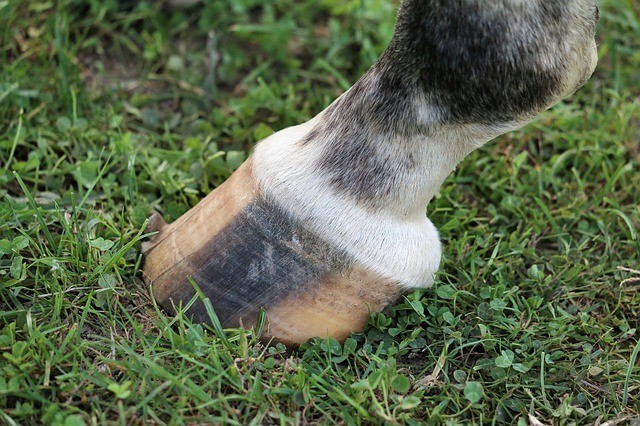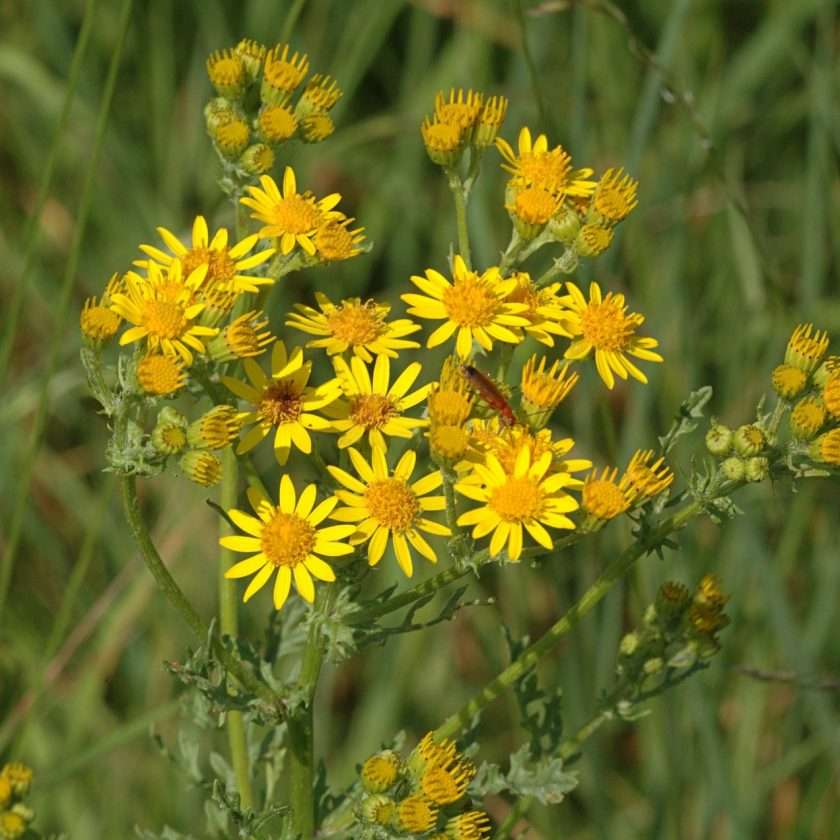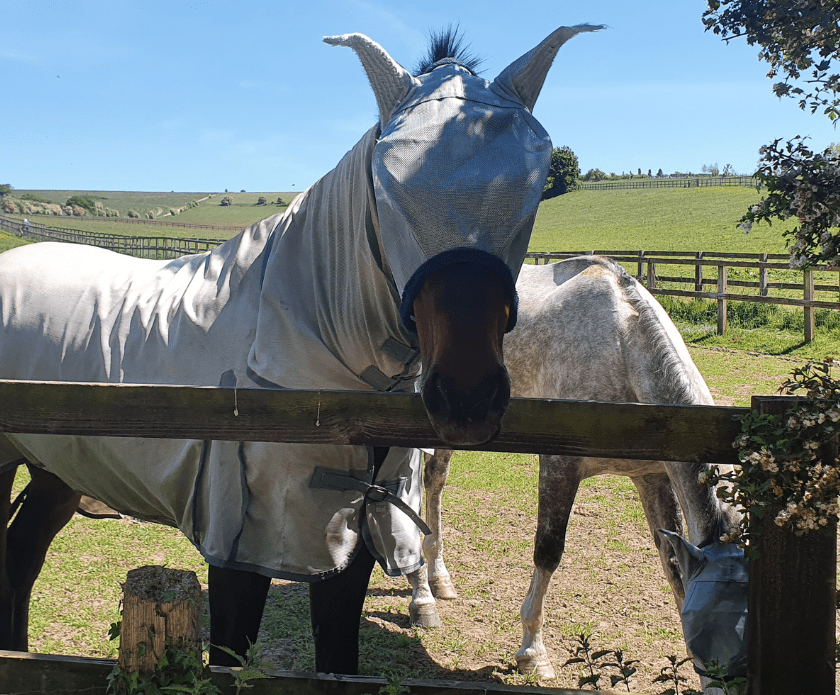A Summer Hoof Care Routine For Great Quality Hooves
A summer hoof care routine is essential to ensure the health of our horse’s hooves and to reduce the occurrence of any hoof conditions which may result in lameness. However, devising a hoof care routine may be the last thing on our minds, with competitions always on our calendars and the bigger threat of equine influenza looming on our horse’s health.
Hoof health should not be taken for granted though! With the dry weather predisposing horses to vunerable hoof quality, it’s time to take action and get a care routine put in place. To make it easier and taking one less thing off of your mind, we’ve put together the perfect summer hoof care plan which will keep your horse’s hooves in tip-top condition, right through summer!
Daily Routine…
Pick Out Your Horse’s Feet
Picking out your horse feet, thoroughly, should be done on a daily basis. This gives you the perfect opportunity to ensure there is nothing trapped in the grooves surrounding the frog. Plus, it can help reduce the occurrence of bruising, removing any compact dirt or stones which have accumulated over the course of the day.
Once your horse’s feet are picked out, you can then assess for any uneven wear, whether this is to the shoe or the hoof it’s self. Large amounts of asymmetry to your horse’s hoof wear is a sign of uneven loading and be resultant of or a cause of lameness – call the farrier out as soon as possible!

Brush The Hoof Sole and Wall
Brushing the soles of the hooves will remove any stubborn dirt, allowing you to get a better picture of what is actually going on with the hoof. Brushing the sole may reveal discolouration, minor punctures, or crumbling of the sole, all of which are signs of more serious hoof problems.
Brushing any dirt from the wall of the hoof will allow a more through inspection of the hoof wall. Check for chips and cracks, as these issues can weaken the protective and shock-absorbing function of the hoof wall, predisposing to infection and lameness. You can also check for scuffs to the wall of the hoof, which may show signs your horse is dragging a foot or brushing feet.
If you notice cracks and chips, this may be from the hoof tissue being brittle due to lack of moisture from dry summer days. Start applying hoof oils and balms to add moisture topically. Meanwhile, assess your horse’s diet to ensure they are receiving all the nutrients they need for good quality hoof growth and maintenance.
Check The Digital Pulse
Checking for a digital pulse on each leg can be a vital step in the early diagnosis and prevention of laminitis. When checking the digital pulse, assess the strength of the pulse and not the speed. A stronger pulse is an indicator of local pain or inflammation in the area. Therefore, a strong pulse could not only be an indicator of laminitis (caused by the swelling of the laminae structure within the hoof), but may be a sign of another hoof problem, such as a bruise or abscess.
WHAT IS THE ‘DIGITAL PULSE’?
The digital pulse is a a rhythmical throbbing of the artery located in your horse’s lower fetlock joint. The throbbing reflects the heartbeat of your horse and is caused by a the surge of blood propelled through them, every time the heart beats.
To find our horse’s digital pulse, place your index finger around the left side of the lower fetlock joint. Applying pressure, move your finger side to side to search for a cordlike bundle – this bundle consists of a nerve, vein and artery. Once you have found the bundle, apply pressure for 5-10 seconds until you feel a pulse. In order to feel a pulse you may need to apply more or less pressure. Too much pressure applied to the area with result in the blood supply being cut off and no pulse detection, however too little pressure will not create enough resistance and you will be unable to feel the pulse too! It is helpful to know what your horse’s usual digital pulse feels like, in order to determine whether there is throbbing in the area or not. However, if you can very easily detect your horse’s digital pulse, this is a sure sign of pain or inflammation in the area.

Other Routine Factors To Consider…
Turnout
With most horses being turned out for a duration over the summer, keeping an eye on paddock conditions can be crucial to hoof health. With dry ground prone to surface water when it does rain, ensuring paddocks have adequate drainage to prevent or minimise this occurrence is vital. Standing in large amounts of water for any period of time can affect the hoof’s outer protective layer, the periople, which provides a waterproofing and moisture barrier against the elements. Excessive water can also soften the hoof wall, making them prone to damage. With the addition of warm, moist conditions, summer rain makes the perfect breeding grounds for bacteria which will predispose to a whole new range of hoof ailments. If your paddock does become water-logged, consider bringing your horse in to their stable until the water has cleared.
Keep an eye on the area surrounding your water troughs and other water sources too. Leaks or overfilling can lead to boggy, wet ground in the area. As a location within the paddock your horse is likely to frequently visit, this can be as detrimental to hoof health as other excessive amounts of water on your turn out grounds.
Nutrition
Is your horse getting all the nutrients they need from their summer grazing? Hoof supplements are a great way to ensure they are! Why not take a look at our favourite hoof supplements, which contain all the ingredients for great quality, healthy hooves.





